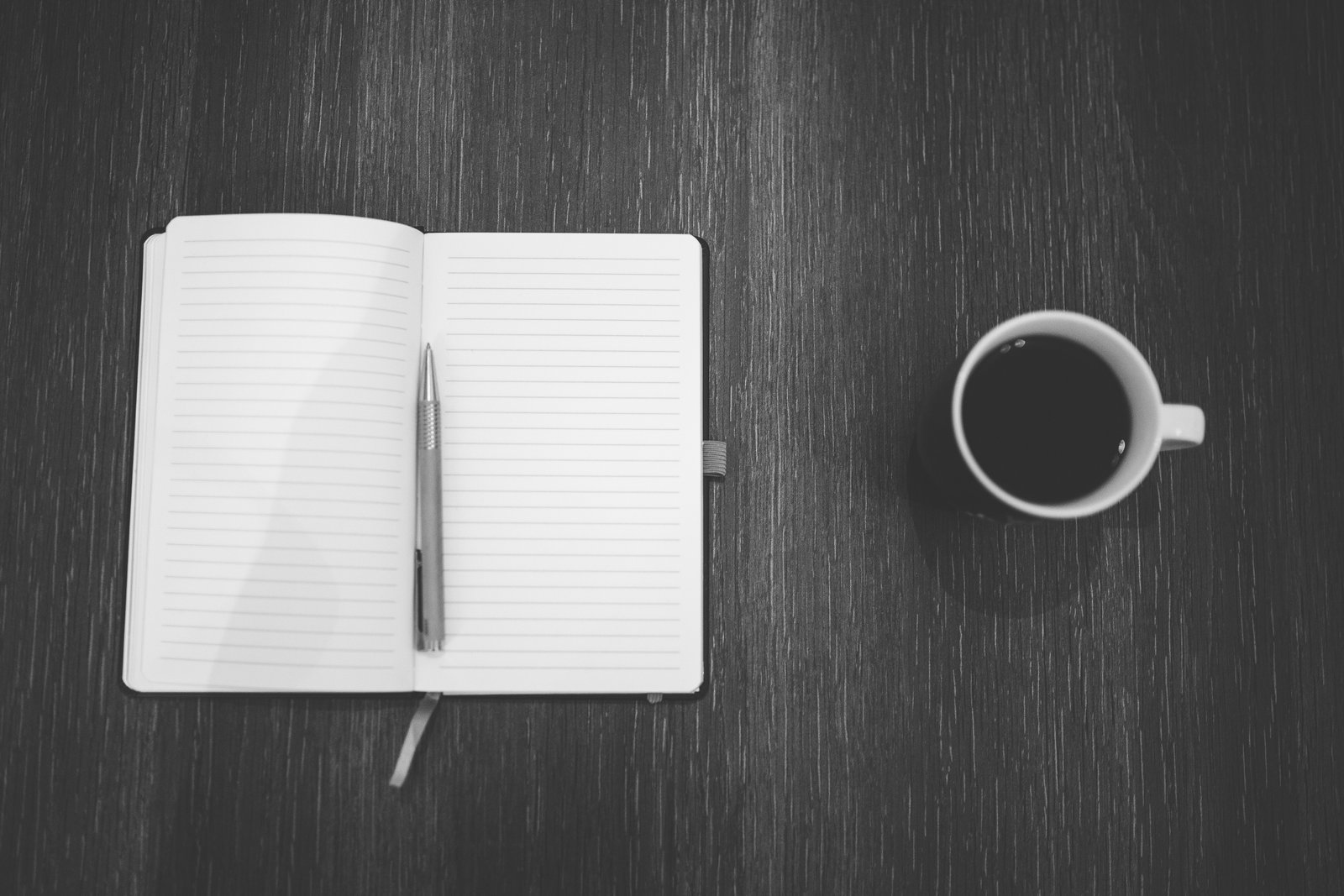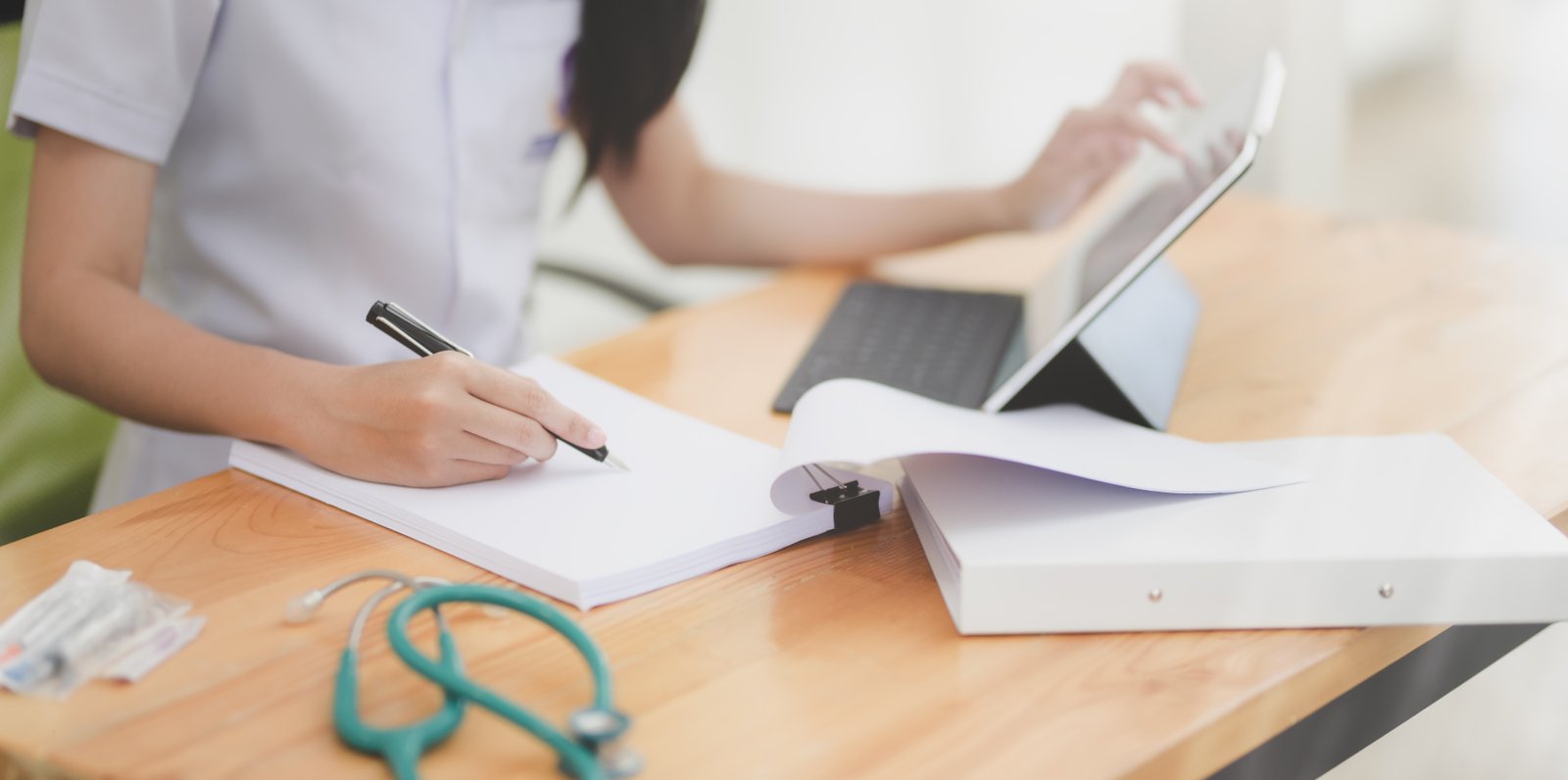


INTRODUCTION: Since time immemorial physical appearance of an individual has been the point of fancy ever since. A good physical appearance has remained the cause of attraction of attention and the otherwise has been the reason for casting off and repugnance for many. People have always picked up objects of good physical appearance and preferred to neglect the objects with poor or bad physical appearance. This natural truth has had a universal applicability and has been found in people of all status, education, economy irrespective of the place of habitat and social/religious background. This universal truth has been more applicable to the human beings as to the extent of weaving legends of beautiful people such as Cleopatra and Julius Ceasar, Yousuf and Zulekha. A good physical appearance i.e. beauty has been cause of many good doings and bad doings in the world. Innumerable crimes have been committed for the reason of a good look or bad look. Conversely innumerable achievements have been made on the virtue of good looks or bad looks. Homeopathy with its teachings of understanding and application of physical appearance has gone to the extent of individualising a person on the basis of this physical appearance. The fact is that physical appearance of a person is one of the most important point for individualisation. This physical appearance peculiar to a person has been taken into consideration by thousands of stalwarts of homeopathy for teaching and for prescribing. Truly an individual is so perfectly reflected through his physical appearance that totality build up upon this reflection has resulted in several miraculous cures. Hahnemann's stress upon the physical appearance of a person as an element of totality is reflected in several of his writings and cases cured. (In F.N to aphorism 90 Hahnemann mentions precisely the physical aspects of the patient that need to be noted by the physician with regard to the expression on his face, his manner of speaking, the colour of his face, eyes and skin, the state of his tongue, and his outward gesture while sitting walking etc.) This teaching of Hahnemann and its application has been adopted by several of his followers to the extent that "drug picture" and " portrait of the disease person" has been narrated and described separately. To some it has formed the major part of description of a medicine while to others this has taken the form of a complete description of a medicine. This point is easily understandable when one goes through the pages of description of polycrest in Kent's lecture. M. L. Tyler preferred to write an entire book on 'Drug picture of a medicine so perceived by her'. Philips Beiley's 'Portrait of the homeopathic medicine' is the collection of such physical appearance of homeopathic medicines and he has done his work smartly. Edward Whitmont's 'Psyche and substance' is another example in such direction. These all go to show the close and very close relation of application of physical appearance in homeopathic prescribing. Physical appearance at some places has so marked bearing on the entire individual that one point in the entire body has been taken as the reflection of the totality as a whole. Douglas’ Tongue, Bell’s Diarrhoea, Allen’s Intermittent Fever are having several entries where one single symptom present on the tongue, in the character of stool, on the paroxysm of fever, has caused to make successful prescription with beautiful and astonishing results.
Read more
To study the effectiveness of homoeopathic management based on physical appearance of the patient and thus- To study the role of physical appearance in the selection of homoeopathic medicines. To verify the reliable indications of medicine pertaining to physical appearance of patient. 8. REVIEW OF LITERATURE: As per as my thorough study and internet search, some research work has been done on similar topic which will be reviewed in my dissertation. Homoeopathic medicines useful in such conditions have been found in many of our literatures of great stalwarts from Hahnemann’s period till date. These materials will be taken as a source of reference. Articles from various magazines and Govt. bulletins on this topic (if found) will be taken as related literature. 9. MATERIALS & METHODS: 9.1. STUDY SETTING: The study will be conducted among the patients of Outdoor-patient department (OPD) and Indoor-patient department (IPD) of D. N. De Homoeopathic Medical College & Hospital. The study will also be conducted among the patients from other sources if available. STUDY PERIOD- 6 months of inclusion and minimum follow-up for 6 months.
Read more
APPENDIX: Request letter to guide for selection of topic for dissertation Approval letter from guide for selection of topic for dissertation. Ethical clearance certificate from ethical committee. Patient’s consent form. 12. SIGNATURE OF THE CANDIDATE 13. REMARKS OF GUIDE 14. PARTICULARS OF GUIDE 14.1. Name & Designation (in BLOCK letters) 14.2. Address 14.3. Signature 15. PARTICULARS OF CO-GUIDE 15.1.Name & designation 15.2.Address 15.3.Signature 16. PARTICULARS OF THE DEPARTMENT 16.1.Name of the department 16.2.Name of the H.O.D. 16.3.Signature 17. 17.1.Remark of the principal/ Head of the institution 17.2.Signature Seal
Read more
6.3. BACKGROUND AND JUSTIFICATION OF STUDY: This is a known fact that physical appearance has a great role in homoeopathic prescribing and there are several cases scattered in homoeopathic literature reflecting this fact. In 6th aphorism of the Organon of Medicine, Hahnemann himself mentions that a portrait of a disease can be formed from three sources at least half of which is formed form the objective signs as perceived by the physician himself or by those around the patient. This fact is also reflected in aphorism 90 by the following statement “When the physician has finished writing down these particulars, he then makes a note of what he himself observes in the patient” (The foot note to this aphorism also gives support with regard to the expression on his face, his manner of speaking, the colour of his face, eyes and skin, the state of his tongue, and his outward gesture while sitting walking etc.) More over prescription on totality of symptoms based on marked physical appearance has always been a fascinating experience both for the physician and the viewers. As a child I was myself cured of high fever with a few doses of stramonium prescribed on the basis of physical appearance.(the most striking symptom being sudden starts from sleep and the great loquacity and delirium.). So study of this phenomenon in detail has been in my mind since a long time.
Read more
Data will be collected on the basis of case taking, administration of medicine, follow up of each case, second prescription and final outcome assessment. SHORT DESCRIPTION FOR DATA COLLECTION: • Case recording- One standard case recording format will be prepared for maintaining the clinical profiles of the patients which will incorporate the bio-data as well as other specific information about the patients, including their age, sex, occupation, habitat, habits, education, socio-economic status, their presenting features from four dimensions of location, sensation, modalities, concomitants and their mode of onset, progress, intra-uterine history, past history including injuries, milestones, vaccination, family / personal, physical and mental generals etc. The routine examination of blood, urine, stool and special examination will be done whenever necessary. • Selection of medicine- After thorough case-taking, the selection of simillimum will be done giving due importance to the following factors: Physical appearance Constitution Miasmatic diagnosis Past and family history Treatment history Accessory circumstances After considering the above factors simillimum will be selected and administered in different potencies according to the case beforehand.
Read more
The following interventions are to be made- Patients fulfilling the inclusion criteria will be included. The marked physical appearance of the patient will be noted. Proper case taking. Totality of the case will be formed including the physical appearance. QOLI assessment will be done at entry using QOLI Scale. Selection of medicine. Prescription will be done (4globules of 40 no. size of the 30th potency twice daily, followed by placebo.) The patient is called for follow-up after 2 weeks. Improvement will be assessed. ● If the patient shows improvements- placebo is continued. ● If the patient does not show any amelioration/improvement— ◦ Placebo is continued for another 2 weeks. ◦ 4globules of 40 no. size of the 200th potency twice daily is prescribed and the patient is called for follow-up after 1 month. ◦ If still no improvement is seen 4globules of 40 no. size of the 1M potency twice daily is prescribed and the patient is called for follow-up after 1 month. ◦ If still no improvement is seen then the case will marked as not improved. After 6 months of follow-up QOLI assessment will be done. Results will be analyzed after the completion of study and represented by using appropriate statistical methods.
Read more
• Complain of no new unusual symptoms. • None of the old symptoms are worse. • An improvement in the disposition and mind has been observed. • Complete disappearance of the subjective and objective symptoms. • The patient is able to attend his / her duties and can have normal concentration in his / her work. • No recurrence for next 6 months even after discontinuation of the medicine. - Much improved: • An improvement in the disposition and mind has been observed. • Most (75%) of the subjective and objective has disappeared. • The patient is able to manage his /her duty with continuation of medicines. - Minimally improved • When only about 50% of the symptoms of the patient are subsided but with fluctuation of symptoms in lesser intensity. - Unchanged • Patient does not improve with indicated medicine although prescribed for sufficient period of time. - Minimally worse • Slight worsening of the subjective/objective symptoms. - Much worse • Worsening in the disposition and mind has been observed. • Most of the subjective and objective are worsened. • The patient is not able to manage his /her duty with continuation of medicines. - Very much worse • Complain of new unusual symptoms. • Old symptoms are worse. • Worsening in the disposition and mind has been observed. • Worsening of the subjective and objective symptoms. • The patient is not able to attend his / her duties and can have normal concentration in his / her work and requires hospitalization - Dropped out-The patient does not stick to the treatment for sufficient period of time.
Read more
PATIENT’S CONSENT FORM I have had the study explained to me and have read the contents of this form and I have understood the same. I have given the opportunity to ask questions and have them answered to my satisfaction. I am willing to be enrolled in the study of preparation of dissertation on “ROLE OF PHYSICAL APPEARANCE IN HOMOEOPATHIC PRESCRIBING” by Dr. Md. Taha Khan for M.D. (Hom.) course (session 2014 - 2017) Name of the patient ……………………………………………………… Full signature of the patient …………………………………………….. Date ………………………. Signature of the investigator: ………………………………………….. Date …………………........ ……………………………………………….. (FULL NAME OF THE INVESTIGATOR) Signature of the attendant/Guardian (in-case, if the patient is minor)…………………………… Date: ………………………….. ……………………………………………………………. (FULL NAME OF THE ATTENDANT/ GUARDIAN)
Read more
Quality of life Index is used to measure the quality of life interval of satisfaction of the life. It measures both satisfaction and importance regarding various aspects of life. Important ratings are used to weigh satisfaction response so that the score reflects satisfaction with the aspects of life that are valid by the individual. The quality of life overall cover the four domains- health and functioning, psychological/spiritual domain, social and economic domain and family. This scale will be used to assess the patient in this research. 9.11. ETHICAL ISSUES, IF ANY: The intended work is not concerned with any invasive method. The ethical committee has given permission to proceed with the same. The certificate is enclosed herewith. 10. REFERENCES / BIBLIOGRAPHY: ALLEN, T. F.: The Principles and Practicability of Boenninghausen’s Therapeutic Pocket Book for Homoeopathic Physicians to use at the Bed side and in the Study of the Materia medica; Low Priced Edition: 2006; Published by B. Jain Publishers (P) Ltd.; New Delhi. BOERICKE, OSCAR E.; Repertory of Pocket Manual of Homoeopathic Materia Medica” Reprint Edition: July 2006; Published by Indian Books & Periodicals Publishers; New Delhi. BOGER, C. M.: Boenninghausen’s Characteristics Materia Medica & Repertory; Reprint Edition: September 2006; Published by Indian Books & Periodicals Publishers; New Delhi. CLOSE, STUART: The Genius of Homoeopathy, Lectures and Essays on Homoeopathic Philosophy; Low Priced Edition: August 2002; Published by B. Jain Publishers (P) Ltd.; New Delhi. HAHNEMANN, SAMUEL: Organon of Medicine; Low Priced Edition: August 2002; Published by B. Jain Publishers (P) Ltd.; New Delhi. KENT, J.T.: Lectures on Homoeopathic Philosophy; Reprint Edition: July 2004; Published by Indian Books & Periodicals Publishers; New Delhi. KENT, J.T.: Repertory of the Homoeopathic Materia Medica; Reprint Edition: 2005; Published by Allied Medical Publishers; Kolkata ROBERT, H. A.: The Principles and Art of Cure by Homoeopathy; Reprint Edition: September 2004; Published by Indian Books & Periodicals Publishers; New Delhi. Burckhardt CS, Anderson KL. The Quality of Life Scale : Reliability, Validity and Utilization. Health Qual Life outcomes. 2003, October, 23; 1(60). Doi: 10.1186/1477-7525-1-60. Busner J, Targum SD. The Clinical Global Impression Scale. Psychiatry (Edgmont). 2007, July; 4(7):28-37.
Read more
Indicated medicines will be repeated on the basis of principles laid down by: Hahnemann in his “Organon of Medicine” vide Aphorisms 245-252 along with their footnotes. Kent in his “Lectures of Homoeopathic philosophy” vide chapters xxxv-xxxvi Roberts in “The principles and art of cure by Homoeopathy” vide chapters xiv-xvi If the patient shows no improvement after 1 month of administering the medicine 200th potency of the same medicine will be prescribed. If still the patient shows no improvement 1M potency of the same medicine will be prescribed. • Follow up- After prescribing drugs and providing other instructions, the patients will be asked to report at suitable intervals (preferably after every 2 weeks) in the O.P.D and when required they will be admitted in the I.P.D for proper follow up. At each time a detail follow up record will be maintained as regards improvement or worsening of the case.
Read more
There may not be any sort of side effects as in modern drugs and may cure the condition. 3. Possible financial and treatment benefit for the suffering humanity. Furthermore, by participating in this study you will have the satisfaction of contributing to the difficult task of evaluating efficacy of Homoeopathic medicines and advancing medical science. This, in itself, is a worthy cause. You will not have to bear the cost of the trial medicines to be done for the study. Right of Privacy All data obtained in response to the study medication, during the course of this study, will be kept confidential and will be accessible only to the investigating physicians and the reviewer / analyst for the study. If the results of the study are published, you may be referred to by number or initials but not by name so as to protect your identity. Finally, please note that you are free to withdraw consent and take you out from this study any time you choose without having to assign any reasons whatsoever from doing so. This will not compromise your relations with the physicians involved. You may also be withdrawn from the study by the investigating physician if he feels that further continuation is not in the best interests of his patient’s health. Contacts for Additional or Emergency Information: Dr. MD. Taha Khan. Contact No. 9748546838
Read more
No determinative work being done on the topic and the study being a pilot study so sample size of minimum 36 patients will be required to draw some preliminary data which may be useful for the future studies. 9.3. INCLUSION CRITERIA: Patient having marked indication pertaining to physical appearance (General and Local) 9.4. EXCLUSION CRITERIA: Seriously emergency conditions. Pregnant and lactating women. Subjects taking any medicines of homoeopathic or any other system. Advanced pathological conditions. Alcohol/Drug addicts. 9.5. STUDY DESIGN: A single blind open level prospective study.
Read more
Appropriate case taking format Medicines prepared under centesimal scales. Dose & Potency, as per requirement of the case Diet & regimen as per strict homoeopathic principles. 9.8. OUTCOME ASSESSMENT: It is difficult to formulate definite assessment criteria but cases will be assessed in terms of their presenting symptoms, physical signs, clinical and available laboratory findings. Assessment will also depend upon following points: Assess every patient on Clinical global impression scale Assess patient as per QLI scale. As per directions of Hahnemann as mentioned in aphorism 252-256, along with their footnotes of “Organon of Medicine” 5th & 6th edition. Hering’s Law of cure Kent’s twelve observations as mentioned in “Lectures in Homoeopathic Philosophy”, Lecture – XXXV: Prognosis after observing the action of the remedy H. A. Robert’s “The Principles and Art of Cure by Homoeopathy”, Chapter- XIV: Remedy Reaction
Read more
Frequency distribution of the collected data will be done following standard statistical methods to evaluate the selected parameters of response to the experiment. The analyzed data will be presented in appropriate format. DATA ANALYSIS Clinical Global impression severity scale Overall severity and improvement shall be assessed with Clinical Global Impression (CGI) Scale. The CGI includes two scales one for severity assessment and other for improvement assessment. Clinical Global Impression – severity scale is a single item scale, assessing severity of illness on seven point (1= not ill; to 7= severely ill). This scale is to be assessed at the time of baseline assessment and at every subsequent follow-up visits. Clinical Global Impression – improvement scale is a single item scale, assessing the improvement of patients condition on seven points (1= very much improved; to 7= not much improved). This scale shall be assessed at every follow-up visits. To make a uniform assessment of each patient following criteria shall be followed for the assessment of the patient after treatment:
Read more
SUBJECT INFORMATION SHEET Study title: “Role of physical appearance in homoeopathic prescribing.” Investigator: Dr. Md. Taha Khan. Study site: D. N. De Homoeopathic Medical College & Hospital. 12, G.K. Road, Kolkata– 46. You are invited to participate in the clinical study entitled “Role of physical appearance in homoeopathic prescribing.” The following information is provided for your perusal and understanding in order to help you to arrive at an informed decision whether you should participate in this clinical trial. Please feel free to ask any questions relating to this study or the information provided below. Please sign the form only if you are fully satisfied with the information given to you and understand the procedures involved in the study. Drug Information: Homoeopathic medicines are given to 36 no. of patients. These patients are prescribed in potencies following totality of symptoms as indicated in each individual case. Study Purpose and Procedures: 1. Assessment of a clinical study on the role of physical appearance in homoeopathic prescribing. 2. Patients are selected on a single blind open level prospective study. 3. They will receive respective medicines, after proper fulfillment of inclusion and exclusion criteria. 4. Follow up will be done in regular interval with necessary investigations. Possible Discomforts / Risks: 1. Medicine may not give relief, may aggravate the present condition and disease may progress further. The same will be taken care of immediately by providing proper dose of medicine and/or rescue medicine (clinical Homoeopathic treatment) where indicated. Possible Benefits: 1. Establish the efficacy of homoeopathic medicines prescribed on the basis of physical appearance of the individual.
Read more